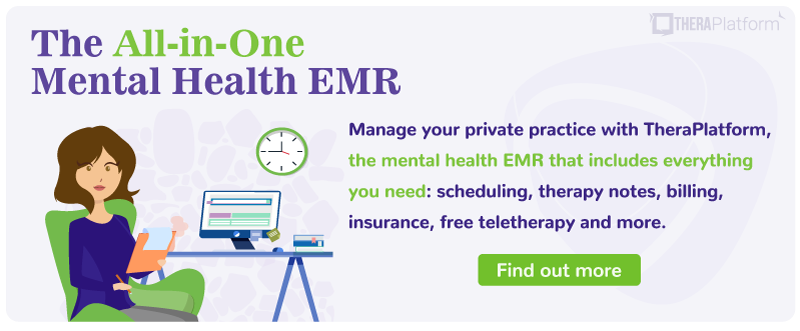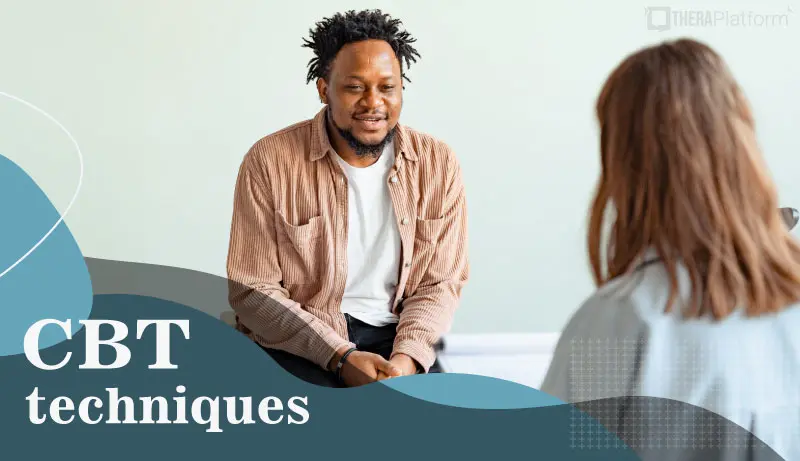Common phobias

Specific phobias are rooted in the fight or flight response that is hard-wired into humans as part of evolutionary adaptation. However, a phobia is not simply being afraid. A phobia is a specific fear of something that can lead to disruptive and debilitating behavior. Think of it as fear on steroids. Phobias are one of the most specific types of anxiety disorder. Approximately 12.5% of people will experience a phobia during their lifetime. Here is what else you need to know about phobias.
What is a phobia?
When comparing a phobia to ordinary fear, it is critical to recognize that a phobia’s level of anxiety is not appropriate for the actual danger it represents. Sure, most people will feel some fear when they are on the edge of a cliff with a 1,000-meter drop. But someone with a phobia of heights would never let themselves get anywhere near that cliff. The thought of being near the edge would provide so much discomfort that the individual would avoid being put in that situation at all costs. Or, if they were caught unaware, and somehow found themselves near the cliff, their anxiety would be so great that they may have a panic attack and become unable to move.
This extreme fear toward a particular object or experience is termed specific phobia in the International Classification of Diseases (ICD-10). The ICD-10 code for a specific phobia is F40.2 and is considered an anxiety disorder. Specific phobias are not to be confused with social anxiety disorder (which used to be termed social phobia) or agoraphobia, which has a separate diagnosis.
Symptoms of specific phobias
The following are symptoms of specific phobias:
- Unreasonable and/or excessive fear when near a particular object or situation (or anticipated exposure to it).
- When feeling near the object or situation, an individual may have an anxiety response that mimics a panic attack, including heart palpitations, sweating, trembling, shortness of breath, chest discomfort, nausea, and lightheadedness.
- The individual actively avoids said object or situation. They feel a need to escape or else endure it under extreme distress, such as feelings of being in great danger or possibly death.
- The phobia exists for at least several months and results in significant distress or impairment in critical areas of functioning.
Note: The majority of individuals diagnosed with specific phobia report fear of multiple objects or situations. Only one diagnosis is assigned no matter the number of different phobias.
The seven most common specific phobias
The diagnosis of specific phobia includes many different types of specific phobias.
Seven of the most specific phobias include:
- Acrophobia is the fear of heights. It affects three to six percent of people. It may manifest as something as simple as a fear of walking up a flight of steps to an anxiety attack at the thought of riding a roller coaster.
- Aerophobia is the fear of flying. It affects about 25 million adults in the United States. It is specifically the fear of flying on airplanes rather than paragliding, for instance.
- Arachnophobia is the fear of spiders. Three percent to 15 percent of people have arachnophobia. Because spiders are so specific in the environment, this phobia may prevent someone from going to many places without difficulty.
- Ophidiophobia is an excessive fear of snakes. People with ophidiophobia may also have a fear of other reptiles. It affects two to three percent of people. Broadly speaking, fears of animals of any kind are the most specific type of phobia.
- Cynophobia is the fear of dogs. It is estimated that one out of every three people with an animal-related phobia also has an unreasonable fear of dogs. A scary encounter with a dog as a child is a possible cause of cynophobia.
- Trypanophobia is the fear of needles. It is related to a general fear of sharp objects, but the diagnosis applies only to injections. It is estimated that up to 16% of adults avoid getting vaccines because of trypanophobia.
- Astraphobia is the fear of thunder and lightning. It is most specific in children. People with astraphobia may have to take cover whenever a thunderstorm approaches, which is at the very least inconvenient and at the most highly disruptive.
How are specific phobias treated?
Psychotherapy is the preferred treatment for specific phobias due to its effectiveness and lack of side effects.
Exposure Therapy
Exposure therapy is a behavioral intervention where clients are confronted with their anxiety-inducing objects and—through repeated exposure—the intensity of their fear subsides to more manageable levels. Systematic desensitization is a gentler exposure approach where individuals are introduced to an object that induces a low level of anxiety and the fear is gradually increased over time as the client learns to better cope with it. Exposure therapy (and in vivo exposure in particular) has a high success rate in treating specific phobias but may suffer from treatment avoidance due to its anxiety-provoking nature.
Cognitive-Behavioral Therapy (CBT)
CBT combines aspects of exposure with education and modification of thoughts to phobic objects and situations. Clients are trained—through cognitive restructuring—to understand that their fearful thoughts are irrational and replace them with more realistic thinking, which reduces anxious feelings. CBT may be even more effective as compared to exposure in treating specific phobias.
Start 30-day Free Trial and explore TheraPlatform. HIPAA Compliant Video and Practice Management Software for Therapists.
Medication
Although no specific medication has been created to treat specific phobias, anti-anxiety medications may have some positive effect. Selective Serotonin Reuptake Inhibitors (SSRIs), in particular, are often prescribed for specific phobias. Additionally, benzodiazepines are effective in the short-term to reduce anxiety associated with acute anxiety episodes. However, medication does not appear to be as effective as psychotherapy, and may suffer from unwanted side effects.
Mindfulness-based techniques for anxiety
Mindfulness approaches have proven effective in reducing anxiety. The possible role of mindfulness in treating specific phobias is in the early stages, but initial research supports its efficacy. Although it would not likely be used as a sole intervention, mindfulness may be used in cooperation with other therapies as part of a treatment protocol.
Phobias are a specific but highly treatable mental health disorder. Despite their serious nature, particular therapies have exhibited a high rate of success.
Resources
Therapists in private practice may want to consider TheraPlatform, an all-in-one EHR, practice management and teletherapy tool. Try a 30-day free trial of Theraplatform today with no credit card required. Cancel anytime.
More resources
- Therapy resources and worksheets
- Therapy private practice courses
- Ultimate teletherapy ebook
- The Ultimate Insurance Billing Guide for Therapists
- The Ultimate Guide to Starting a Private Therapy Practice




